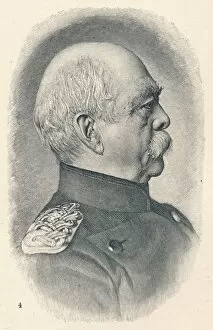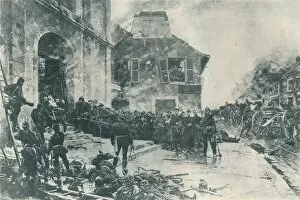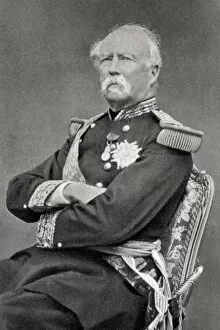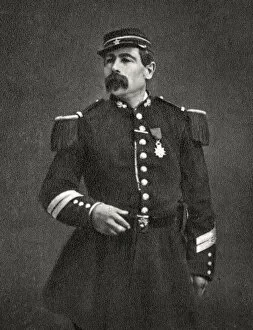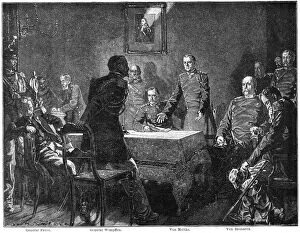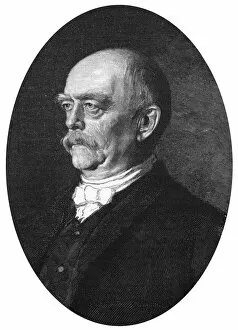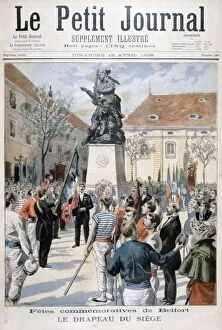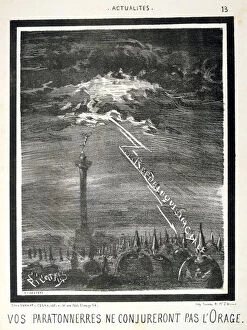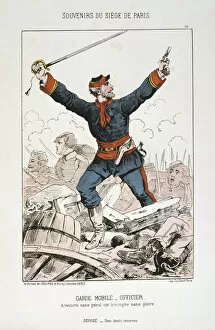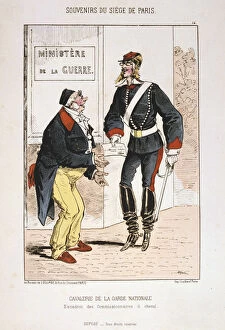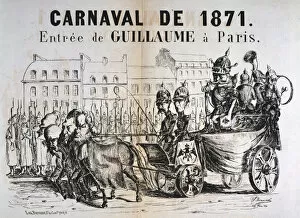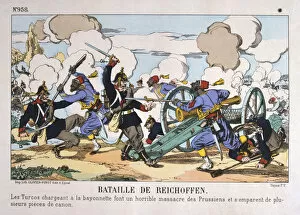1870 1871 Collection (#5)
In the late 19th century, a series of events unfolded that would shape the course of European history
For sale as Licensed Images
Choose your image, Select your licence and Download the media
In the late 19th century, a series of events unfolded that would shape the course of European history. The year was 1870, and tensions were rising between Prussia and France. A map of Prussia from around 1872 reveals the territorial boundaries that played a crucial role in these events. At the center of it all was Count Otto von Bismarck, a brilliant Prusso-German statesman. His strategic maneuvers and political acumen would soon come into play as war loomed on the horizon. The Franco-Prussian War erupted in 1870, with one significant battle being the Battle of Reichshoffen, also known as the Battle of Worth, which took place on August 5th. As hostilities escalated further, Paris found itself under siege for an extended period from September 19th, 1870 to January 28th, 1871. This prolonged Siege of Paris became a symbol of resistance for both sides involved in this conflict. Multiple images depicting this historic event capture its magnitude and significance. One such image shows Moltke at Paris in September 1870—a striking portrayal by an unknown artist that encapsulates the intensity surrounding this pivotal moment in history. Another captivating visual is a map illustrating The Siege of Paris itself—an intricate depiction created in1907 that showcases how this city became a battleground during those fateful months. Finally, on January18th, 1871, the ProclamationoftheGermanEmpireatVersailles markeda turning pointinEuropeanhistory. ThebirthoftheGermanEmpirewasannounced, andBismarck'svisionofunifyingGermanyunderPrussianleadershipbecameareality. Thisproclamationforeveralteredthebalanceofpoweronthecontinentandsetthestageforfutureconflictsandalliances.



